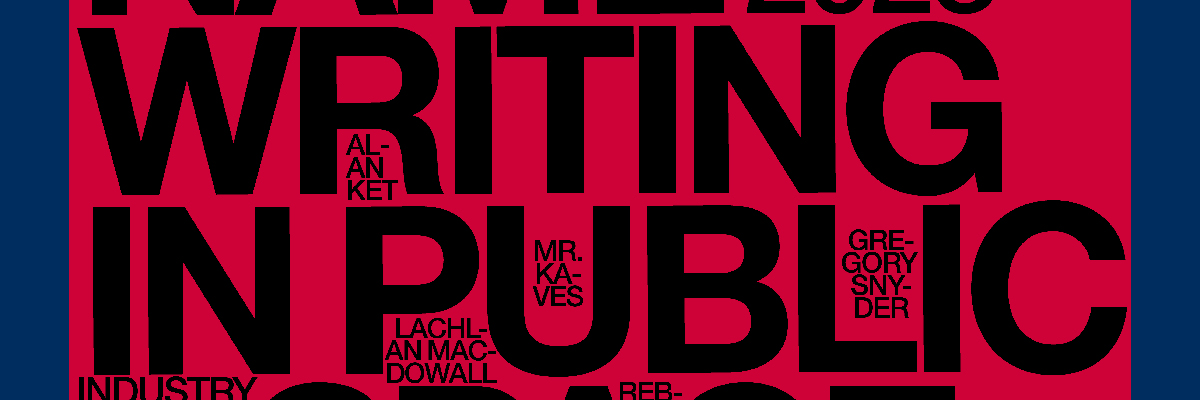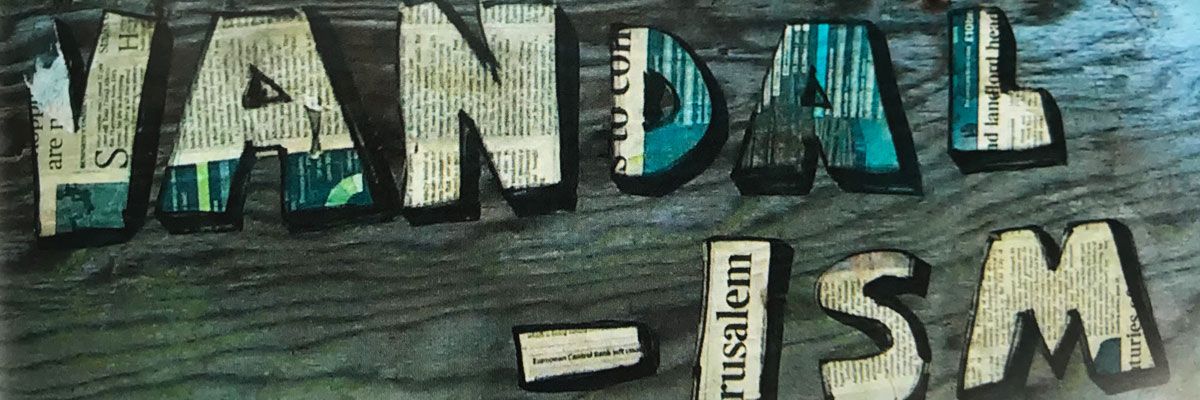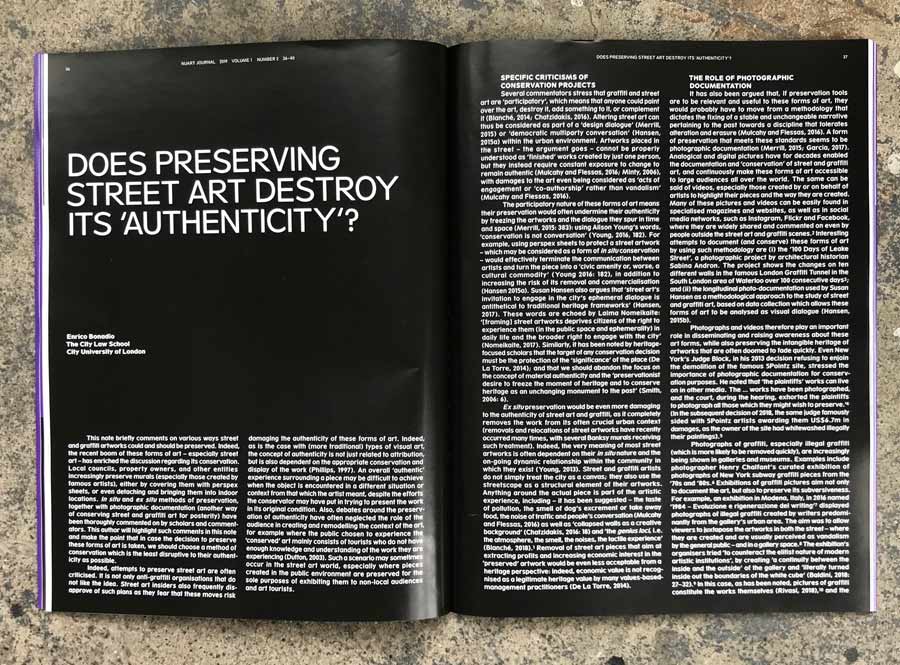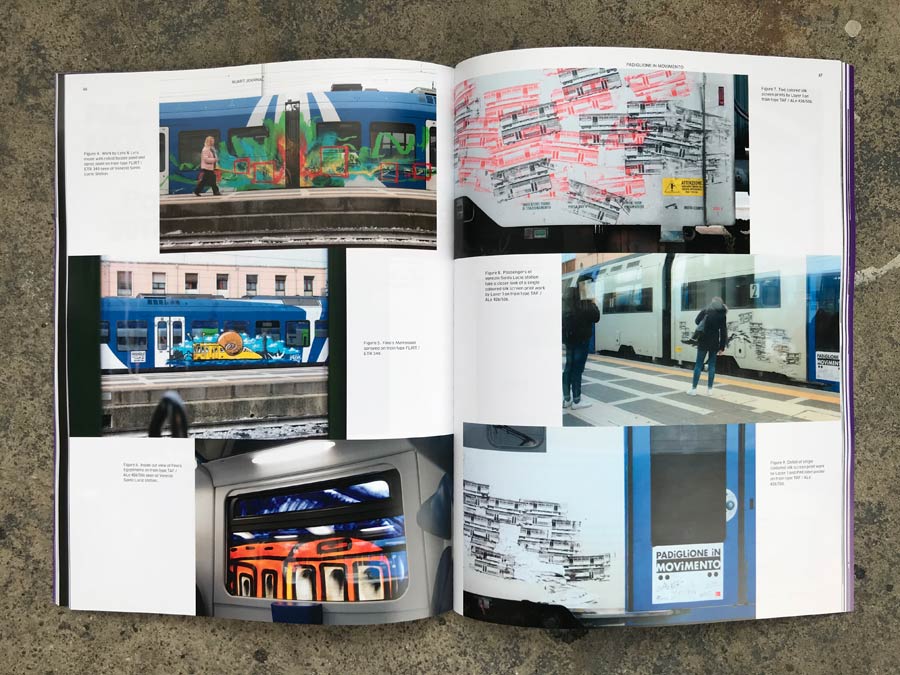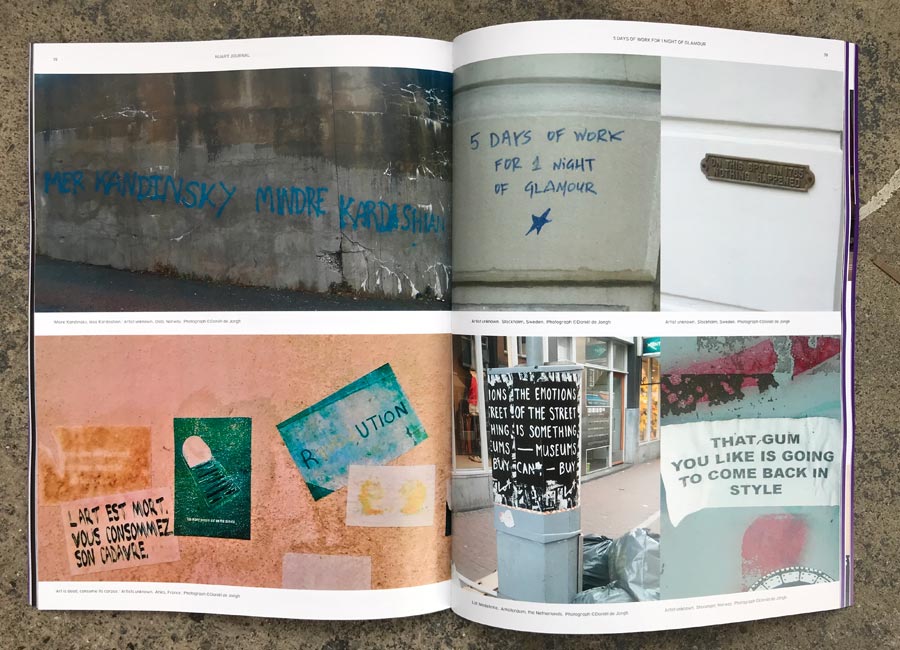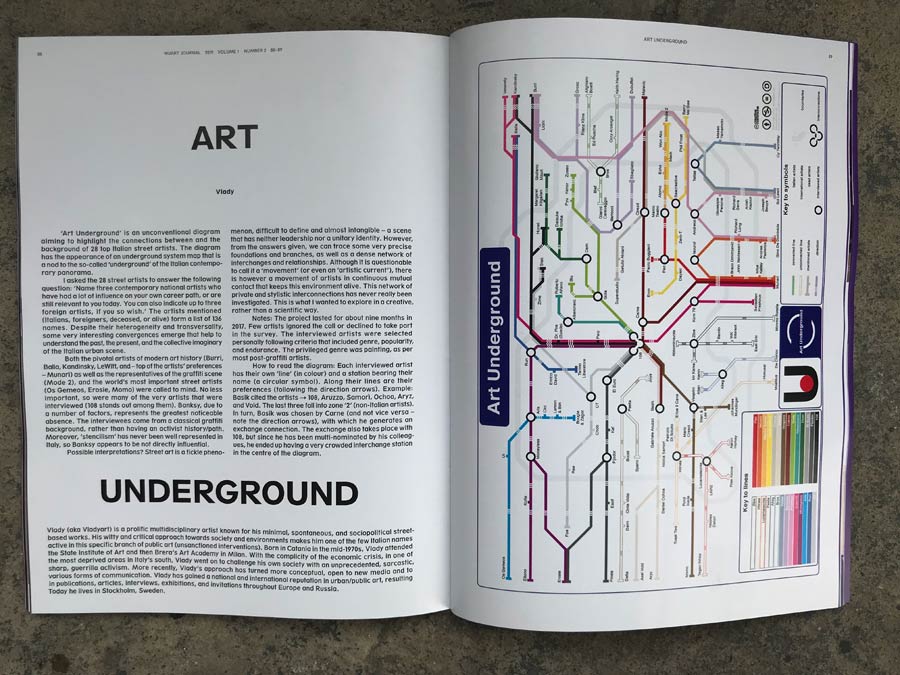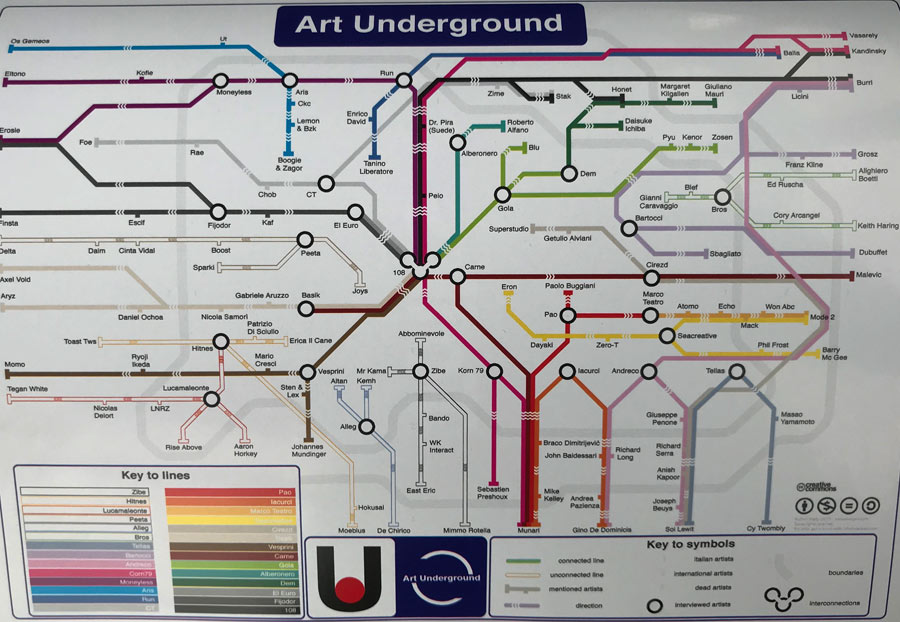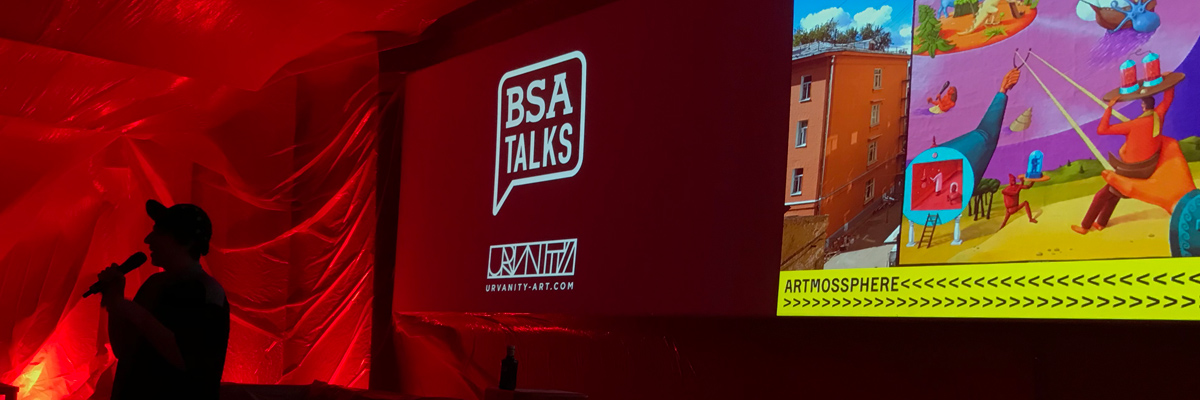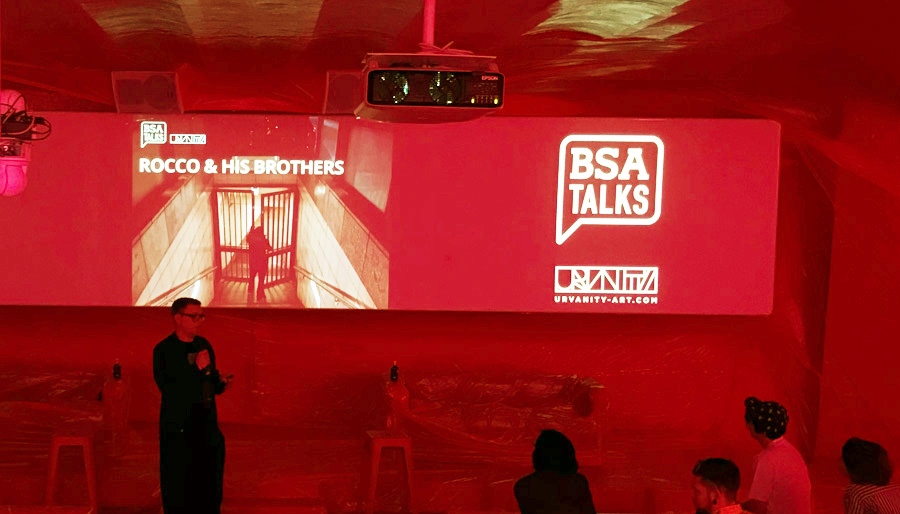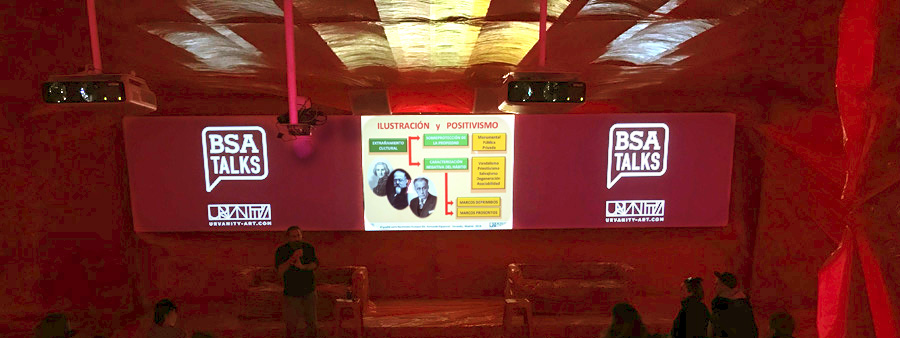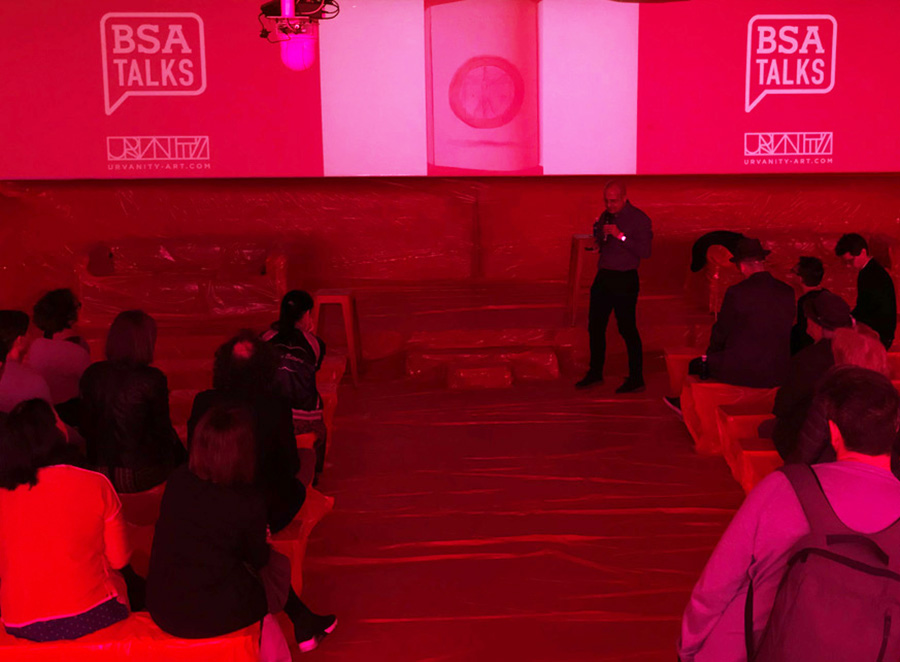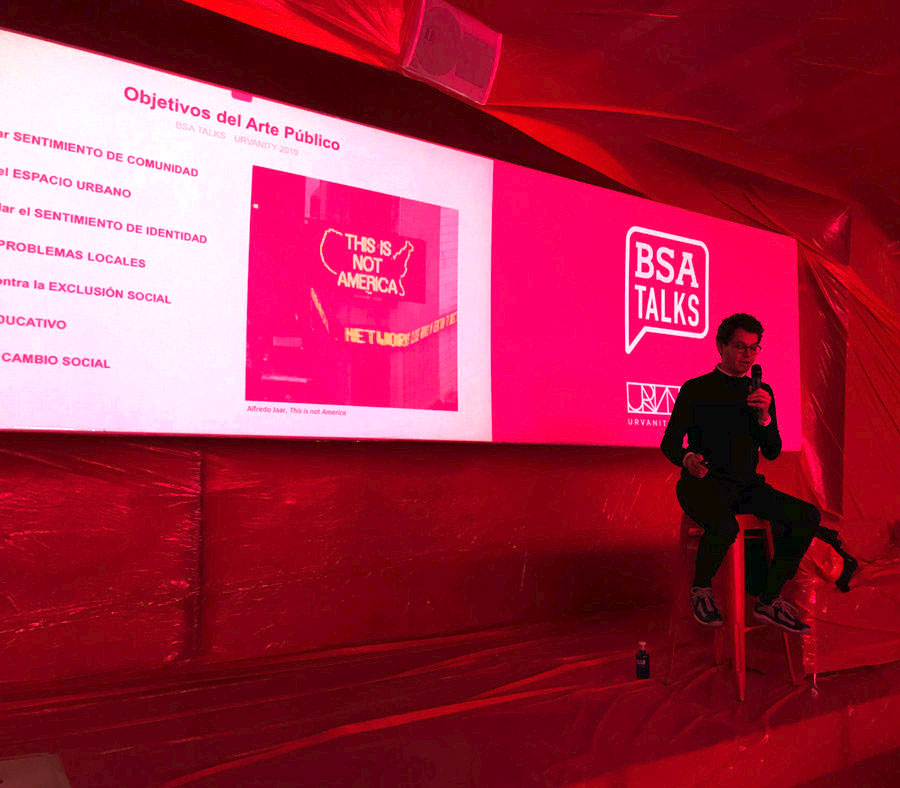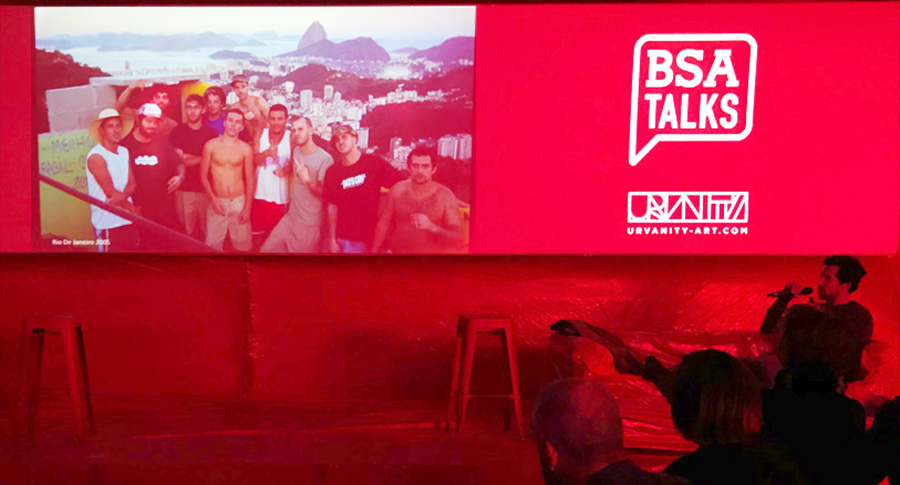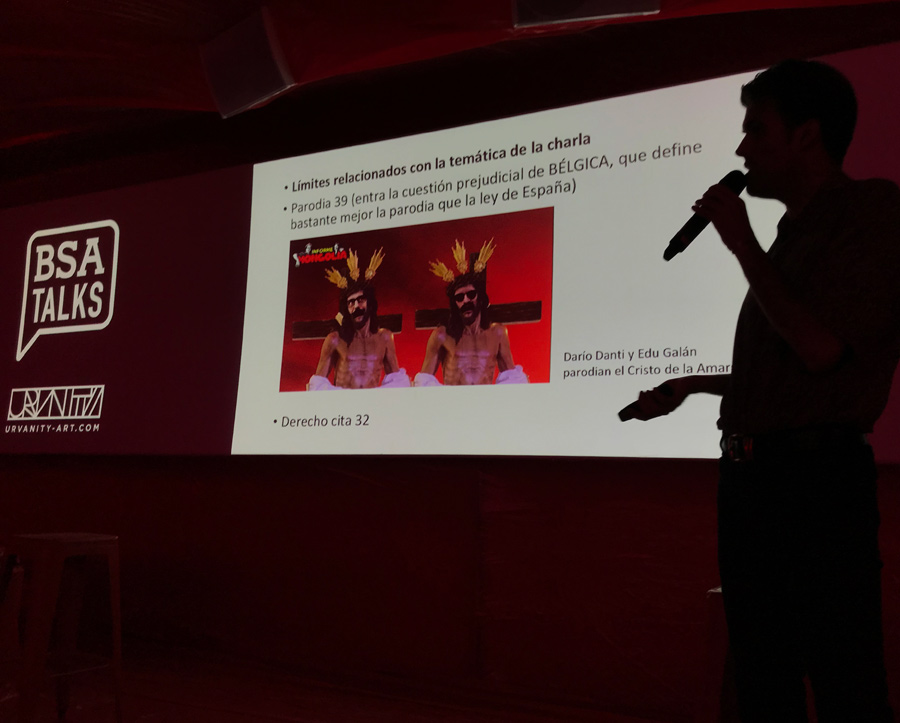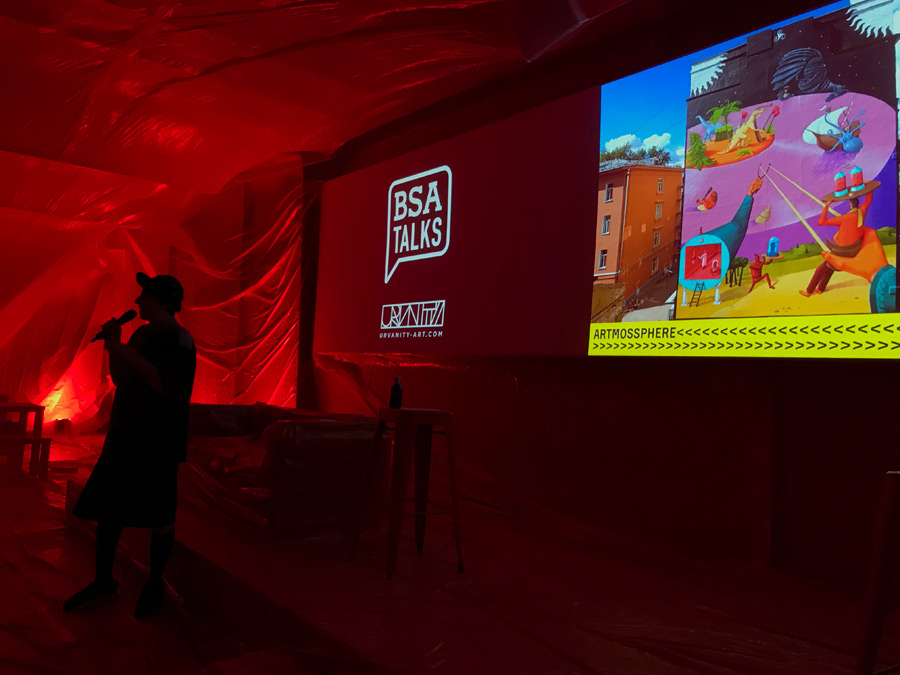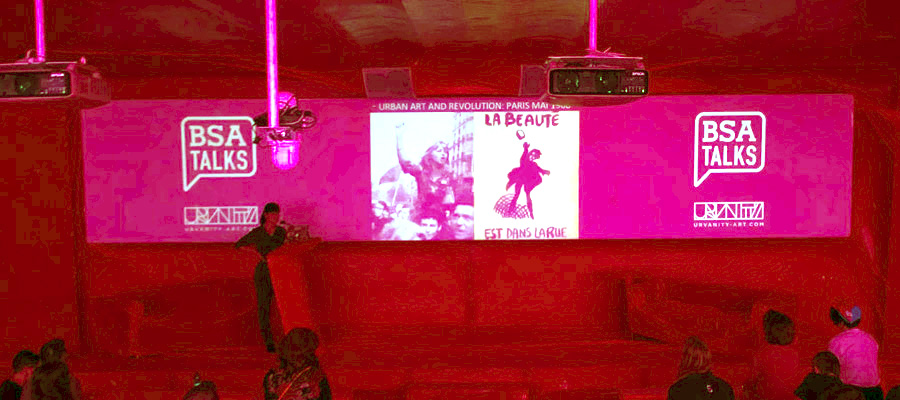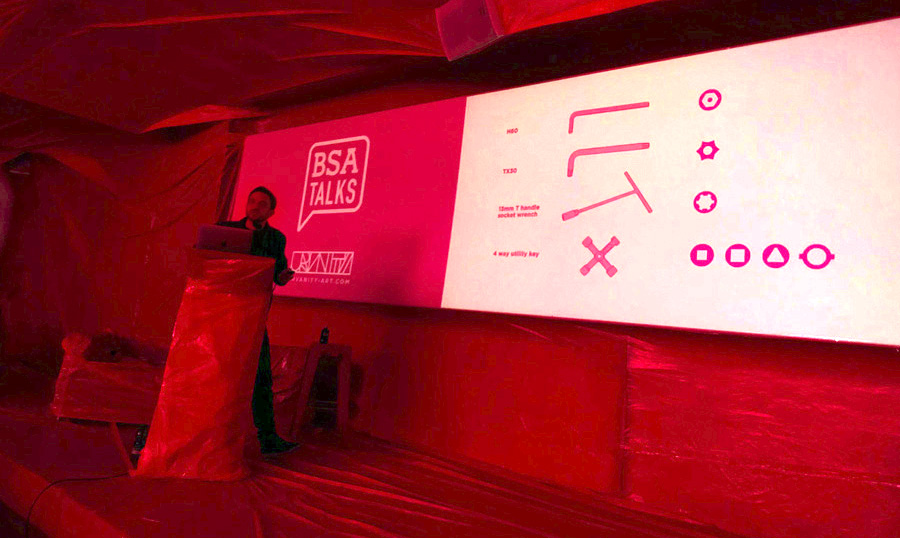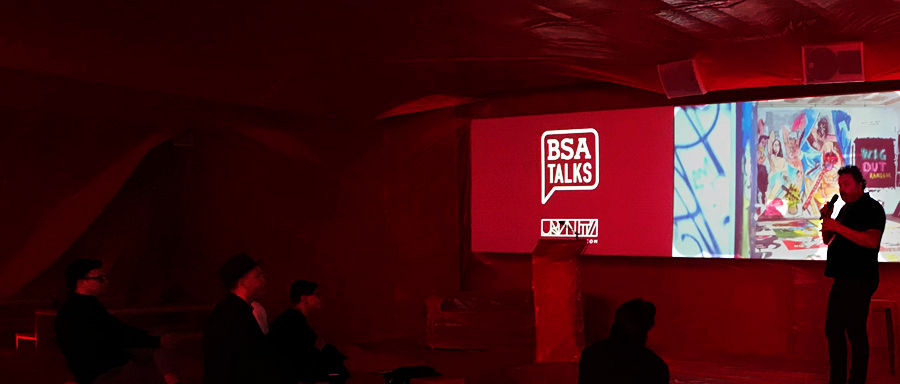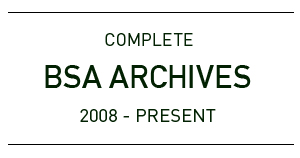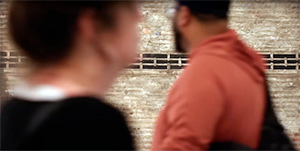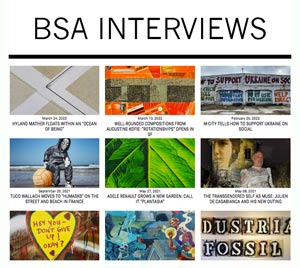Welcome to the first American celebration of graffiti studies.
The Tag Conference Brooklyn is set to be an impressive event, bringing together some of the most influential and pioneering voices in the field of graffiti studies. This groundbreaking event will take place on May 14th, 2023, in the heart of New York City. The conference focuses on the art of name-writing in public spaces and how it has evolved over time, with a particular emphasis on the history of American tagging.
The list of participants is impressive, including renowned scholars and storied professionals like Richard Goldstein, Joe Austin, Susan Phillips, and Carlo McCormick, as well as prominent graffiti artists with deep roots such as Steve ‘ESPO’ Powers, Alan Ket and Mr. Kaves. Events like this raise the consciousness and further establish the role of the mark-makers in shaping activism and influencing art – with positive and negative effects both fairly examined and interrogated. The conference also showcases the work of independent researchers and rogue archivists, providing a platform for their invaluable contributions to the field of graffiti studies.
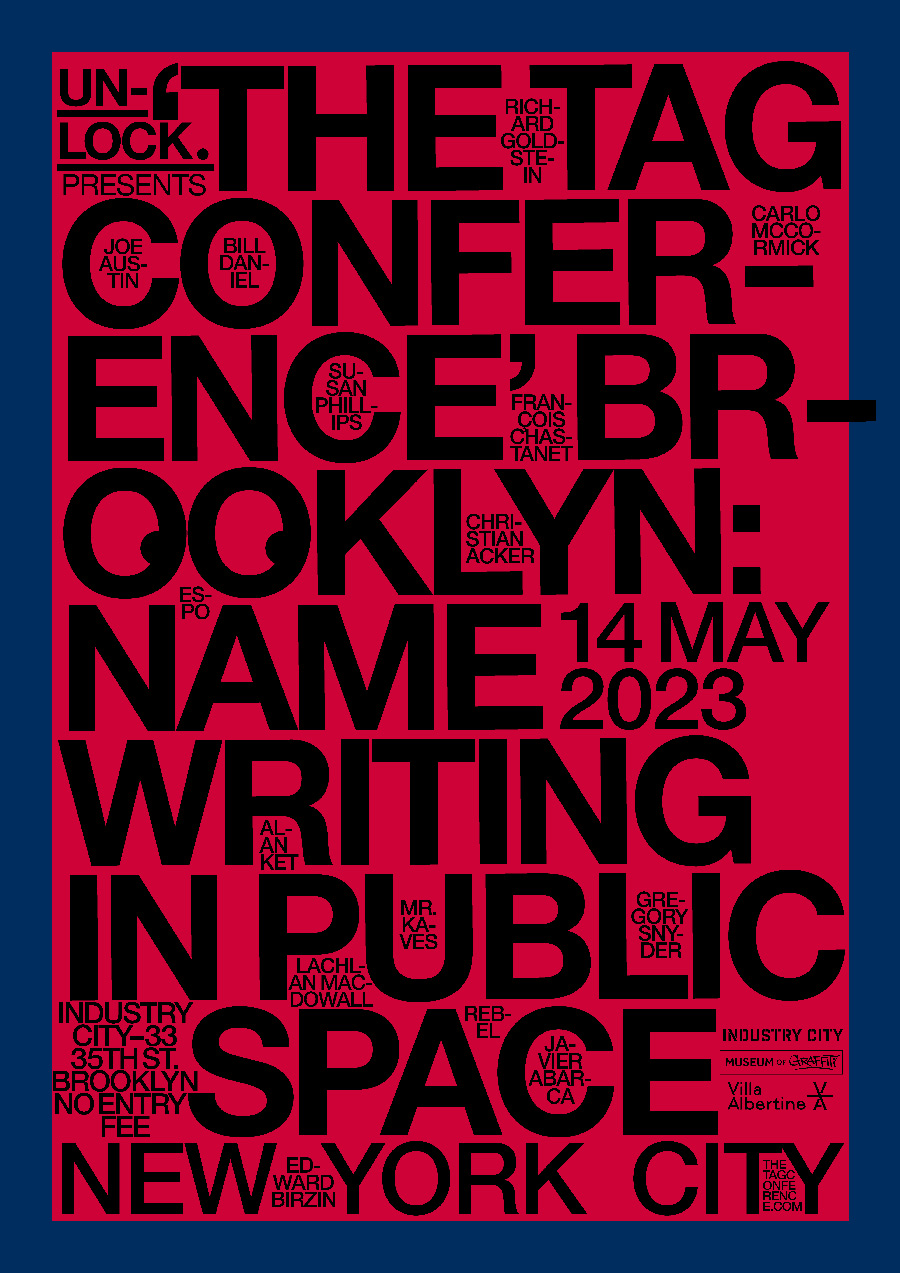
As graffiti continues to gain importance in both scholarship and institutional academia, the Tag Conference Brooklyn is a rather enthralling opportunity to explore this unsung art form and its impact on contemporary culture. With its focus on the history and evolution of tagging in New York City, this conference promises to be a landmark event, bringing together key voices from around the world for the first time in the United States.
The Tag Conference Brooklyn is an invitation-only installment of the Tag Conference with a focus on contemporary tagging.
THE TAG CONFERENCE BROOKLYN
NAME WRITING
IN PUBLIC SPACE
14 MAY 2023
NEW YORK CITY
RICHARD GOLDSTEIN, JOE AUSTIN, BILL DANIEL, CARLO MCCORMICK, SUSAN PHILLIPS, STEVE ‘ESPO’ POWERS, GREGORY SNYDER, FRANÇOIS CHASTANET, CHRISTIAN ACKER, ALAN KET, LACHLAN MACDOWALL, MR. KAVES, TOMMY REBEL, JAVIER ABARCA, EDWARD BIRZIN
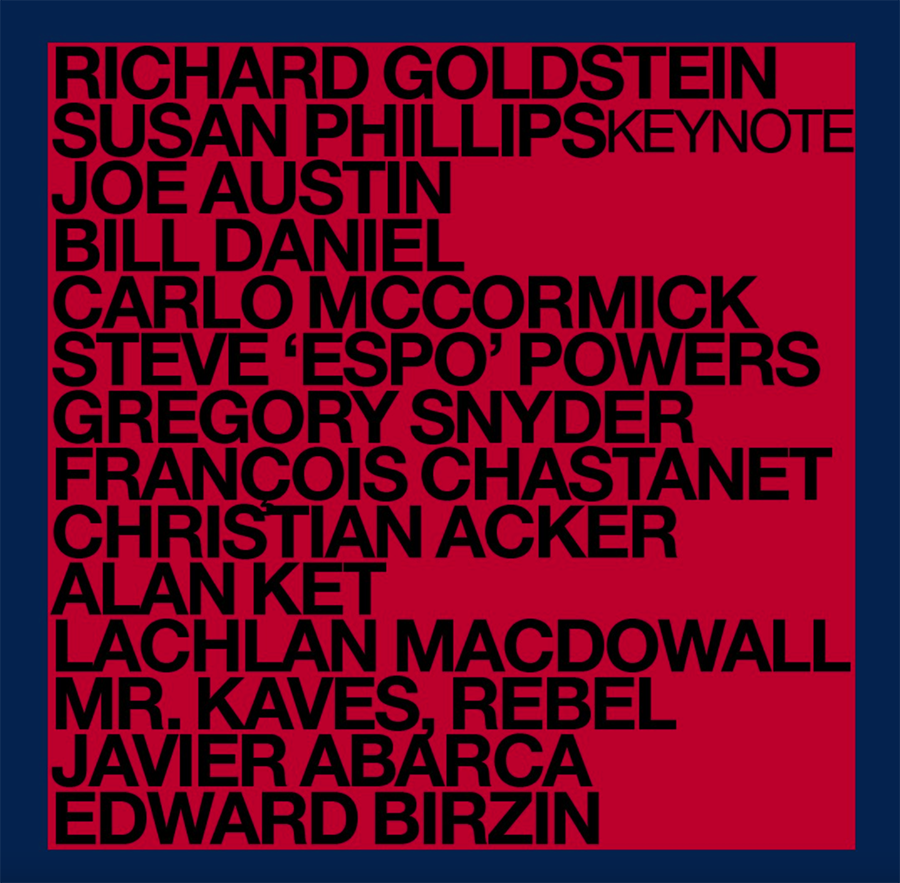
“Where does American tagging come from, and how has it evolved? What special chapters in its history took place in New York City? How does tagging play with space, and how do artists play with tags?
The Tag Conference Brooklyn gathers an unprecedented lineup of speakers, including some of the key voices in American graffiti studies both underground and institutional, plus some special guests from Europe and Australia to discuss the unsung artform of tagging in the city that made it what it is today.”
‘THE TAG CONFERENCE BROOKLYN’
While the working field of graffiti studies is taking shape in Europe, its most veteran and fundamental voices hail from the U.S.A.
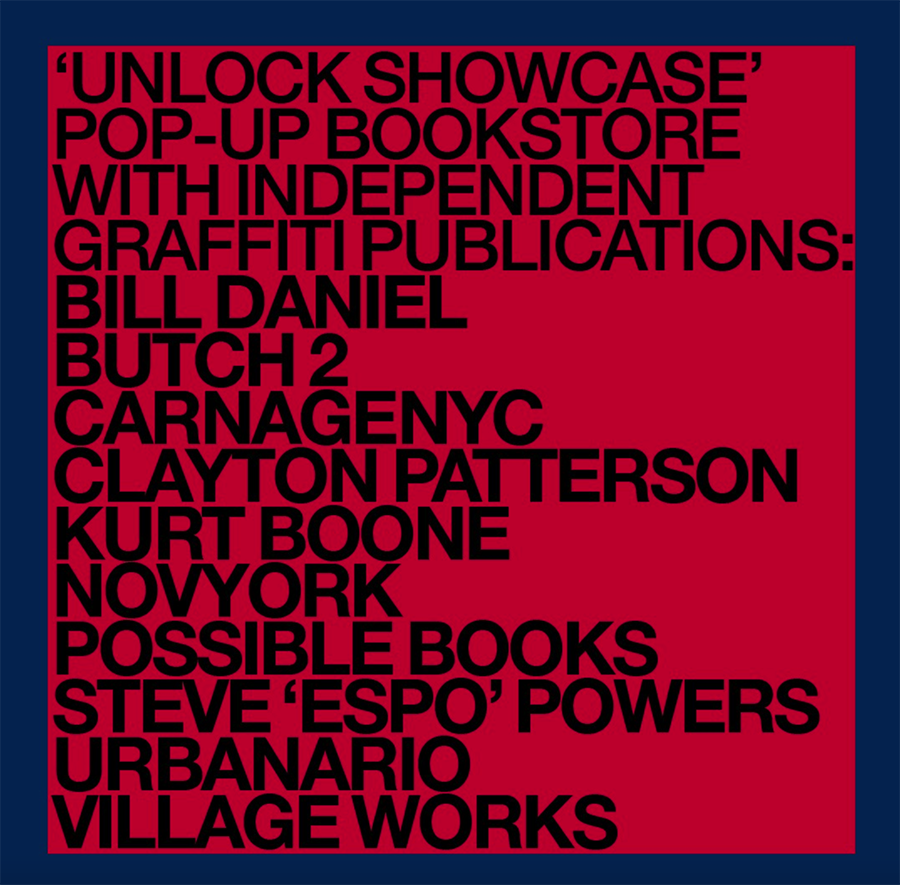
Industry City
33 35th St, Building 5
Brooklyn, New York
No entry fee
Directors: Edward Birzin (US), Javier Abarca (ES).
Chair: Susan Hansen (AU).
The Tag Conference is produced by the Unlock Book Fair team. The Tag Conference Brooklyn is an INVITATION-ONLY installment of the Tag Conference.
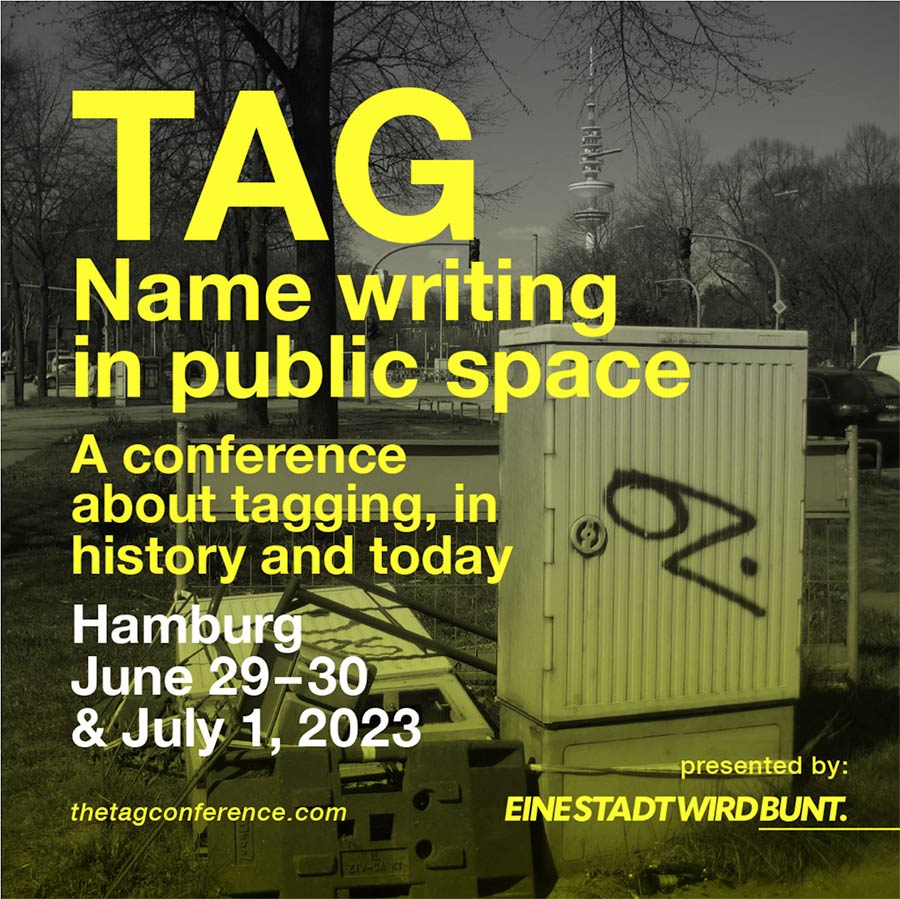
A full-format Tag Conference with an open call for papers is scheduled for June 29th to July 1st 2023 at the Museum for Hamburg History in Hamburg, Germany.
The exhibition “A CITY BECOMES COLOURFUL. Hamburg Graffiti History 1980-1999”, which runs from 2 November 2022 until 31 July 2023 at the Hamburg Museum, tells the story of the origins of this youth subculture in Hamburg.
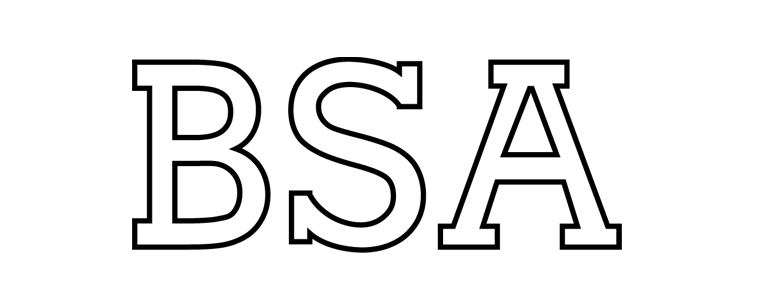 BROOKLYN STREET ART LOVES YOU MORE EVERY DAY
BROOKLYN STREET ART LOVES YOU MORE EVERY DAY